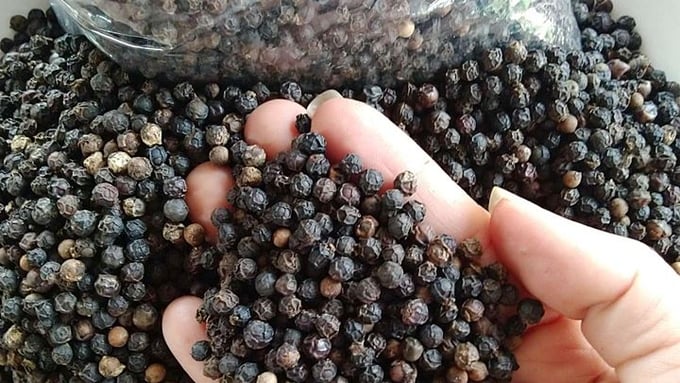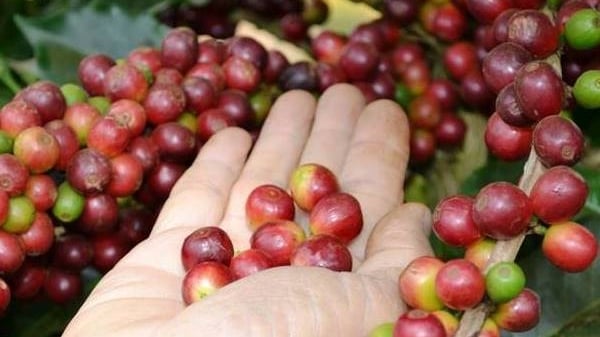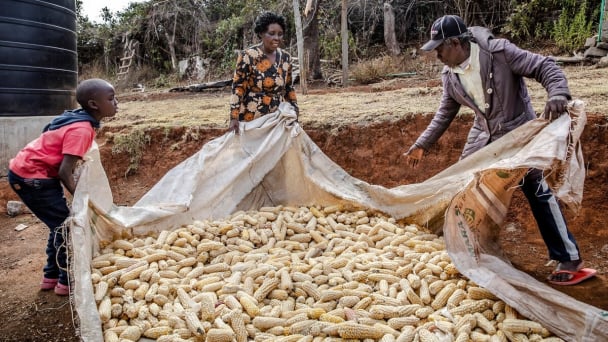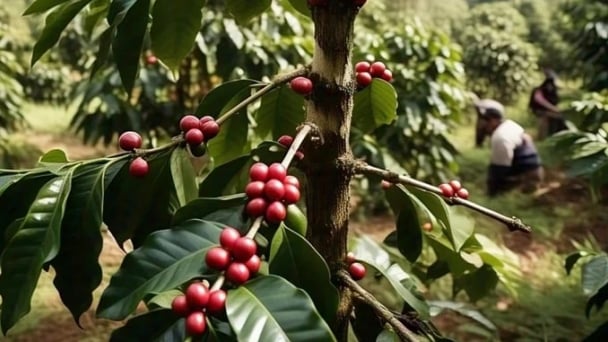June 19, 2025 | 01:06 GMT +7
June 19, 2025 | 01:06 GMT +7
Hotline: 0913.378.918
June 19, 2025 | 01:06 GMT +7
Hotline: 0913.378.918

Update on the latest domestic and world pepper prices on 03/26/2024
Around the world, the pepper market on March 26 fluctuated in different countries.
Meanwhile, the price of Lampung black pepper in Indonesia increased sharply by 3.13%; increasing to $ 4,413/ton. The national price of Muntok white pepper decreased slightly by 0.14%, at $ 6,210/ton.
Malaysia's Kuching ASTA black pepper price remained stable at $ 4,900/ton; This country's ASTA white pepper is still priced at $ 7,300/ton.
For the Brazilian market, the price of ASTA 570 black pepper remained at $ 4,375/ton.
In Vietnam, export prices of black pepper grades 500 and 550 g/l remained at $ 4,200 and $ 4,300/ton, respectively. The export price of white pepper is anchored at $ 6,000/ton.
World pepper prices today fluctuated in opposite directions with a sharp increase in Indonesian black pepper but a slight decrease in Muntok white pepper. Other markets are still moving sideways.
Thus, world pepper prices on 03/26/2024 increased and decreased in opposite directions compared to yesterday.
Domestically, the pepper market on March 26 continued to move sideways compared to yesterday.
Specifically, Dak Lak and Dak Nong are still trading at VND 96,000/kg;
In Gia Lai, today's pepper price remained unchanged at VND 92,500/kg;
In Dong Nai, traders continue to buy at a price of VND 92,500/kg;
The latest pepper price in Ba Ria - Vung Tau is around 95,500 VND/kg;
Binh Phuoc traders are trading at VND 95,000/kg, moving sideways.
Domestic pepper prices today remained stable with the highest threshold reaching VND 96,000/kg.
A recent report from the Agency of Foreign Trade, citing information from VPSA, said that speculation is the main cause of the "hot" increase in pepper prices. Vietnam's pepper harvest is in the main season, so the phenomenon of hoarding, pushing up prices, is unlikely to happen in the near future.
However, pepper prices are forecast to remain high. This year, the harvest was early due to the hot weather coming early due to El Nino. Harvest is expected to end at the end of March. The actual output is lower than VPSA's expectation, estimated at only 140-150 thousand tons, down about 10% compared to the previous crop year. Of these, Dak Nong province and other regions have basically finished harvest, while Dak Lak province has harvested about 40%.
At the VIPO 2024 conference held on March 8-10, Mr. Jasvinder Singh Sethi - CEO and Founder of Namagro Vietnam Company assessed that pepper prices may increase in the near future. Supply still cannot meet demand.
"Unlike turmeric or ginger, the price goes up every year, farms grow more and the next year the price goes down again, pepper needs 3-4 more years to ensure supply due to the lack of planting area that appeared three years ago. Current growing areas also face problems related to climate change, but long-term demand for pepper is still very strong", he said.
Thus, domestic pepper prices on 03/26/2024 are trading around VND 92,500 - 96,000/kg.
Translated by Hoang Duy

(VAN) Japan will release another 200,000 metric tons of rice from its emergency stockpile to tackle a doubling of prices since last year, Agriculture Minister Shinjiro Koizumi said on Tuesday.

(VAN) Coffee prices on June 13 declined sharply for Arabica. Domestic coffee market in Vietnam dropped by VND 2,000, trading at VND 111,500 – 112,300/kg.

(VAN) Coffee prices on June 12, 2025, continued to fall. Domestically, coffee prices decreased by another VND 2,000, trading at VND 111,500 – 112,300/kg.

(VAN) Coffee prices on June 11, 2025, fell sharply across global markets. Domestic coffee market dropped by VND 700, to the range of VND 113,500 – 114,300/kg.

(VAN) Coffee prices on June 10 2025, rose sharply worldwide for Robusta. Domestic coffee market increased by VND 800, reaching VND 114,200 – 114,800/kg.

(VAN) New FAO forecasts point to record global cereal output with a partial rebound in stocks and trade.

(VAN) Coffee prices on June 9, 2025, in domestic and global markets remain unchanged. Domestic coffee market is currently trading at VND 113,500 – 114,000/kg.